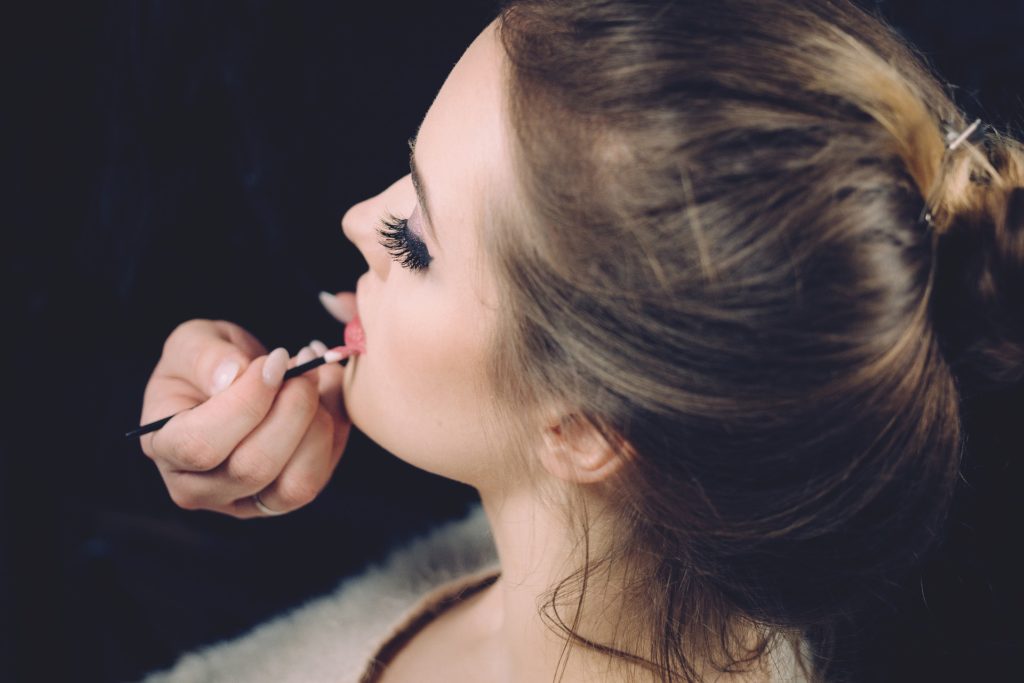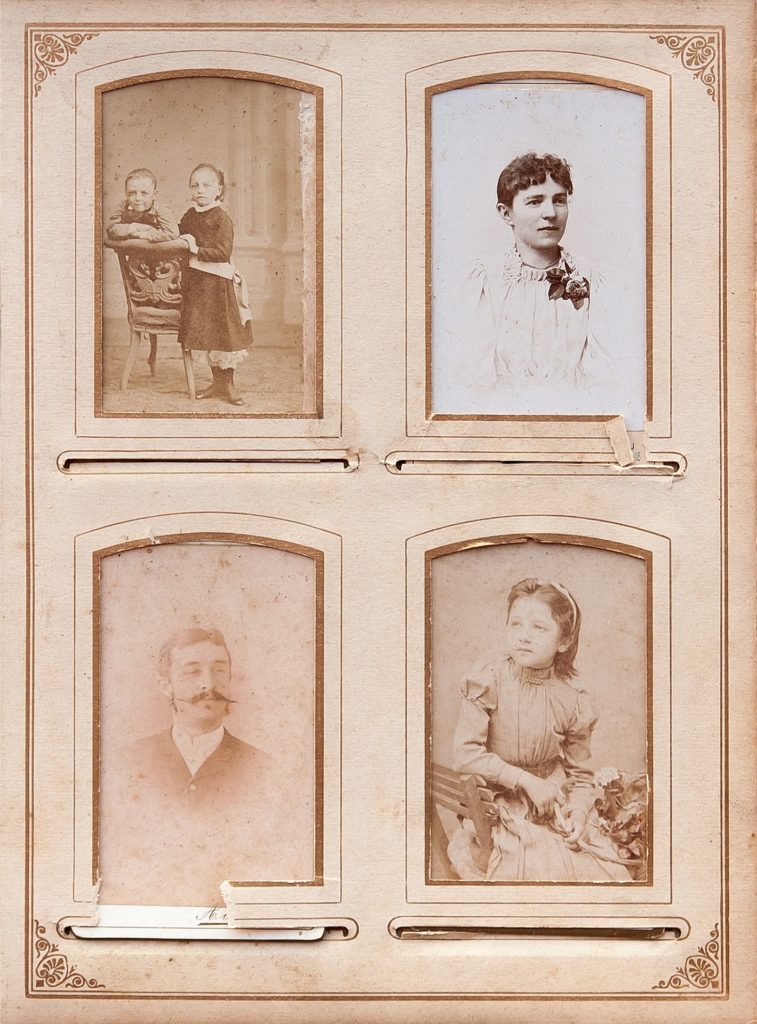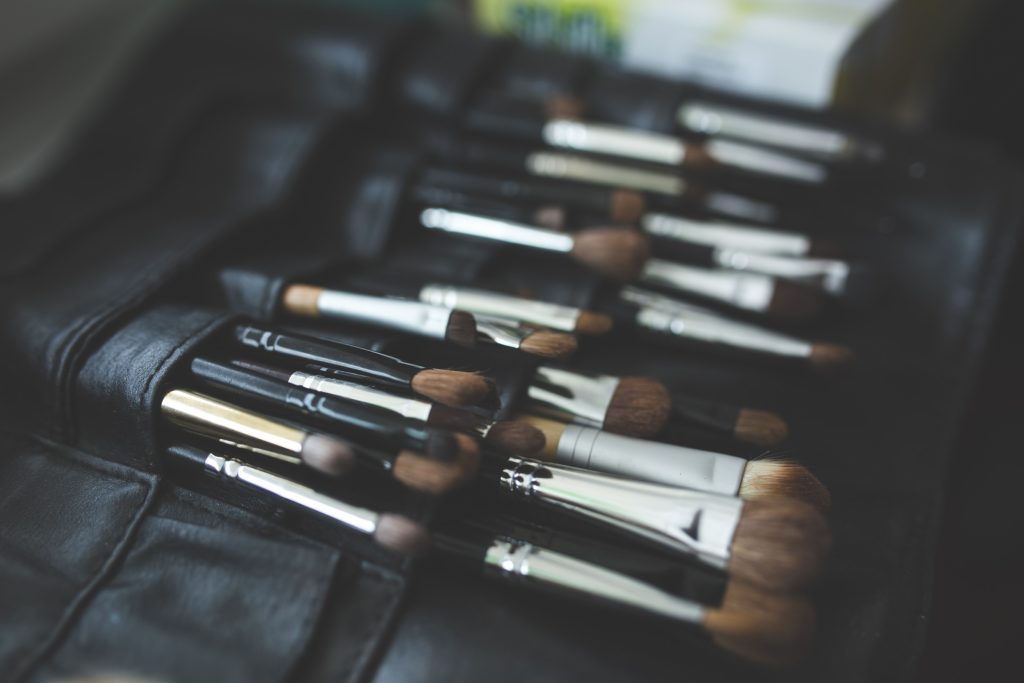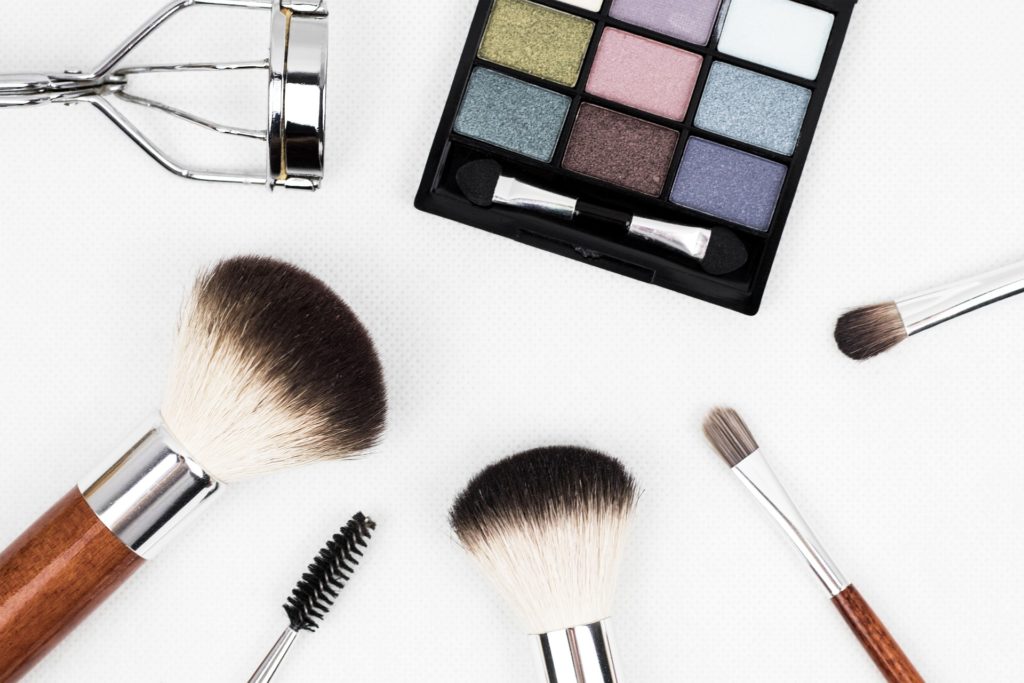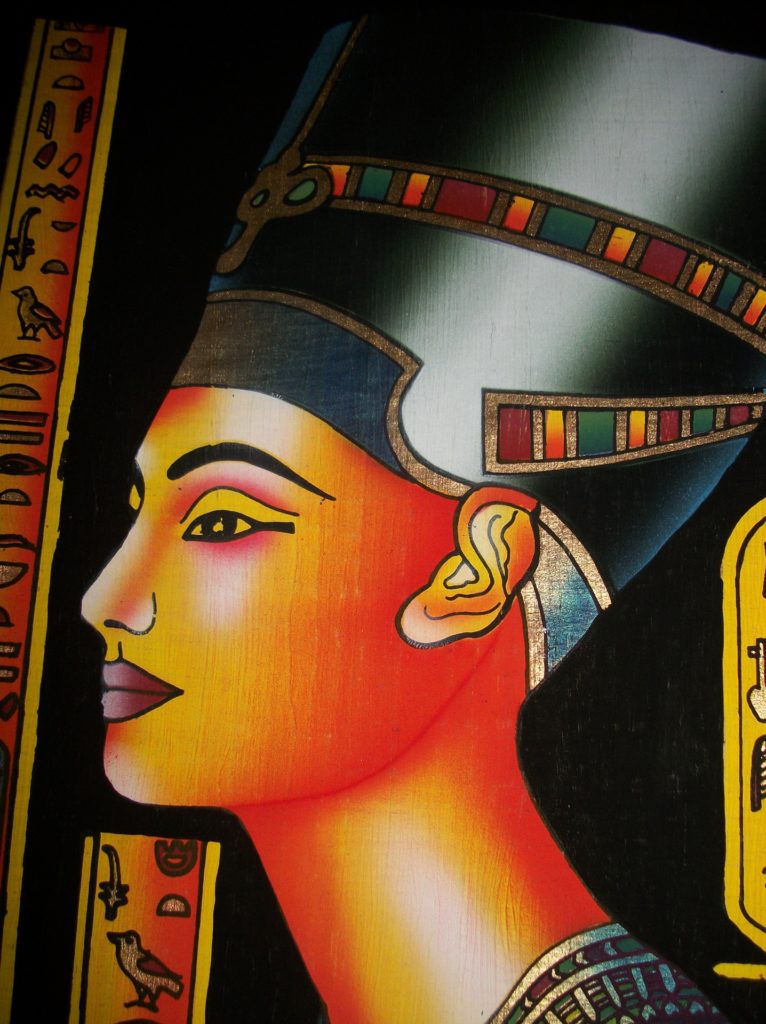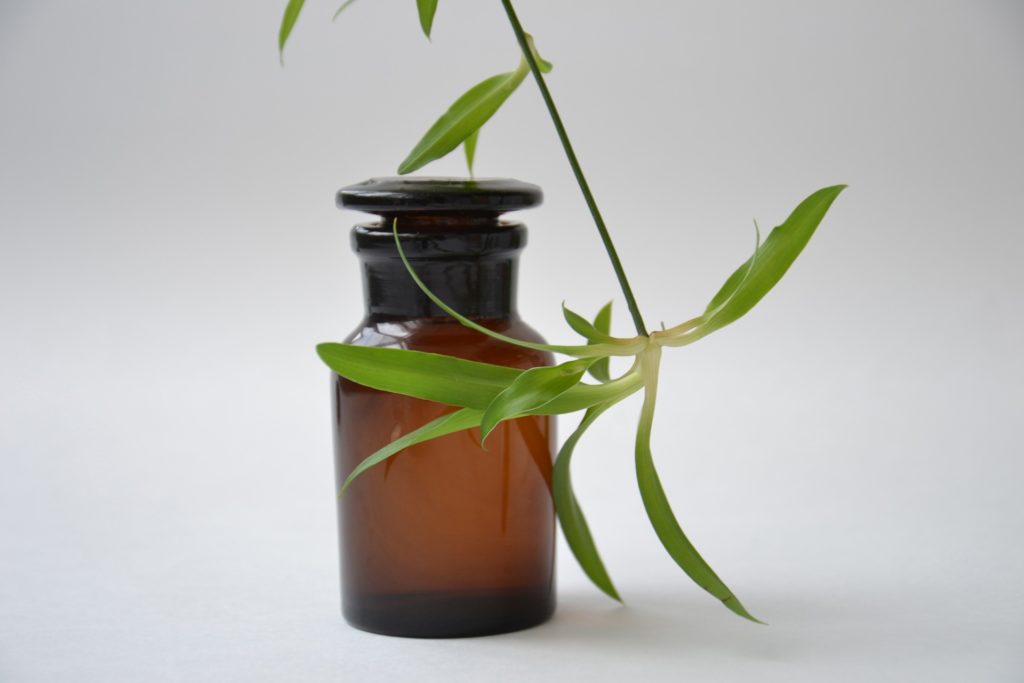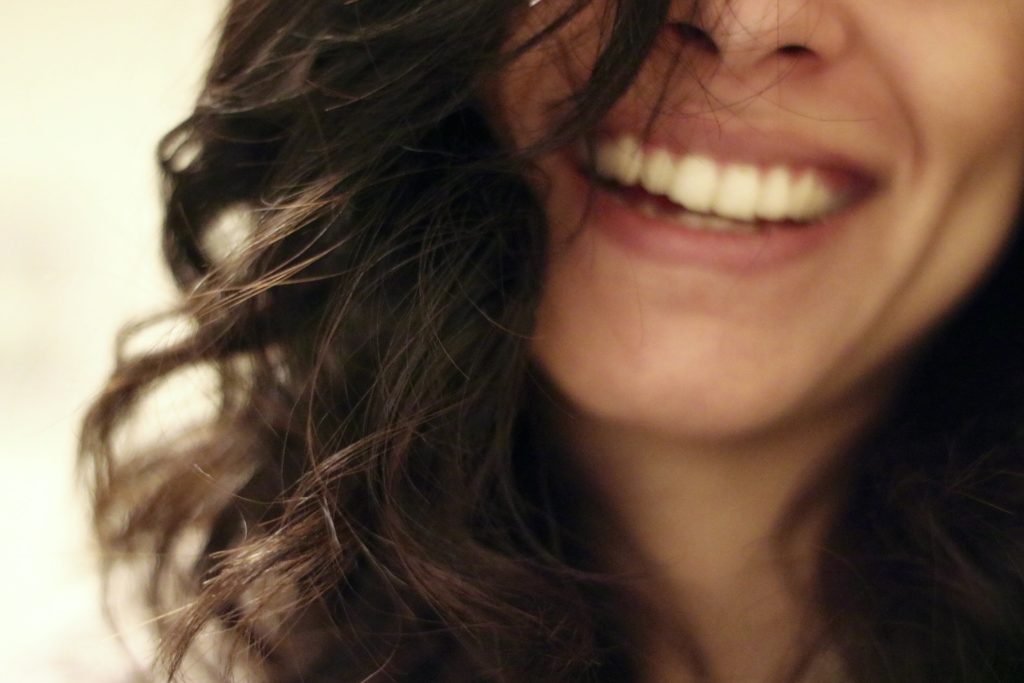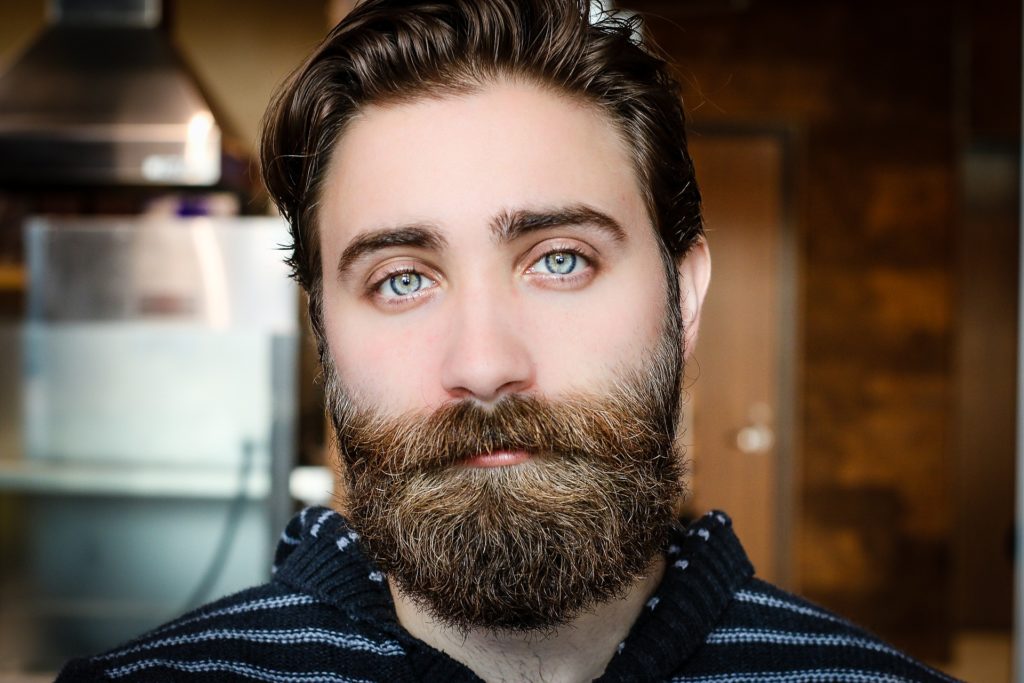
When concealing a tattoo with makeup, it is absolutely crucial to get the right color for your skin. You may need to mix several colors together to get the perfect match. Some makeup actually darkens a bit when it dries, so test the makeup colors wet and dry. The area that you are going to conceal should be clean, dry and free of hair. I use a foundation brush to apply the makeup and blend with my fingers. Apply the makeup over the tattoo and slightly over the edges of the tattoo. Use your fingers or a sponge to blend and feather the edges so they look more natural. You may find that the first coat doesn’t cover the tattoo. You may need to use two or three coats to get the coverage you want.
It is very important to apply thin coats rather than thick ones, and let each coat dry completely before applying the next one. I have found because of the composition of most tattoo cover-up makeup choices out there, drying takes awhile so be patient. After you’re happy with the finished product, you need to set the makeup so that it doesn’t rub off easily. You can use a translucent setting powder made for body makeup, or try a barrier spray like the one made by Mehron.
No makeup is completely transfer proof. You may find that the makeup does rub off onto your clothes. And it may not stay put in chlorinated water for long periods of time. That does not mean that it is not long wearing — it is. You should get hours of coverage after an application of body makeup. When you’re ready to remove your tattoo cover-up makeup, use a good makeup remover designed for taking off body makeup.
Even those of us who love our body art occasionally need or want to cover it up, whether for work purposes, a formal function, or a visit to family who might not approve. If clothing won’t meet your cover-up needs, then it’s time to learn how to artfully apply makeup to disguise your ink.
The Right Product
“Street” foundations and concealers will work to hide under eye circles and small blemishes, but they won’t provide the full and lasting coverage of a specialty product. There are numerous heavy-duty concealers on the market, such as Dermablend or Ben Nye Concealer Palette; these are the same products that TV and film makeup artists use to cover an actor’s tattoos and other permanent marks (such as scars or veins).
Look for a product that is completely opaque, heavy, and creamy, not one of the “liquid-to-powder” foundations. Any product with the phrases “sheer” or “light” in the description will not do the trick for this cover-up job! Most tattoos use a blue-based ink, so a yellow concealer will help to counteract the blue tones. Also, make sure that the concealer matches your skin tone exactly. When applying body makeup, even the slightest variation between the makeup and your skin tone is just as obvious as the tattoo itself. If necessary, purchase several shades and mix to match your skin tone.
You can find specialty tattoo concealers in the cosmetic sections of large department stores. When purchasing in department stores, you have the added bonus of being able to test the product and receive recommendations from the cosmetic consultants. If you cannot find a tattoo concealer in your area, you can always search and order online.
Application
With body makeup, long-lasting coverage is vital. Many cream concealers and foundations will leave traces of makeup on your clothes—or worse, on other people’s clothes! The last thing you want after carefully disguising your tattoo is to have the makeup smudge or disappear, revealing your ink. Practice with your concealer ahead of time to make sure that it lives up to its promises.
For lasting results, you must first begin with clean and dry skin. Cleanse your skin as usual, and then use a toner to wipe away any traces of dirt, oil, and makeup. Rinse the area and pat dry. Next, follow the recommendations on the package of your product. Some products will require several layers, but others promise one-step application.
Use a clean, dry makeup sponge for a smooth application. First, apply the product to the area, then use the sponge to spread the concealer evenly. If you are applying several coats, allow each to dry completely. If possible, you might want to cover all exposed skin in the area for an even look. This works well for a facial or hand tattoo but won’t work as well if you are exposing a lot of skin. If you can’t or don’t want to cover all of your skin, make sure to blend the makeup carefully into the surrounding area.
When you are
satisfied with the coverage, dust the area with translucent powder to set the
makeup in place (some products come with a powder designed to work with that
specific formula). Then, test your makeup job by gently wiping a cotton swab or
piece of tissue across the surface, and hopefully, your makeup won’t smudge!
Finally, check the coverage in several types of light: if you’ll be in bright
light, you’ll need even heavier coverage than in dim lighting.
How to match my skin tone?
There are many products available that will cover up a tattoo; however, if you are in a pinch, you can use everyday cosmetics to conceal tattoos. All you need are a few items from your make-up bag for covering your ink in a hurry. If you have this most personal of artwork on your body in any visible place, it would be a good idea to carry these items with you at all times in case you need them.
Things you’ll need:
- Concealer
- Powder
- Powder Brush
- Foundation
- Eyeshadow or blush that is close to your skin tone
- Small cosmetic brush
Step 1
Apply concealer. If
you happen to have two shades, use them both. Put on the lightest shade first,
applying it as you would when covering up the dark circles underneath your
eyes. Blend it well into the surrounding area. Repeat this using the darker
concealer if you have some.
Step 2
Apply powder on the tattoos. Although a brush will work, a pad is much better. Press the pad firmly into the compact before dabbing evenly and gently across the concealer.
Step 3
Apply foundation. Once again, if you have a darker shade and a lighter one, use both. Put it on as you would on your face, using a light touch, applying the lighter shade first. You can always apply more but, if you put too much on, you’ll have to remove it all and start over with the concealer. Instead of using makeup sponges, as you would when applying theatrical makeup, use your fingertips to blend it in well. This gives you more control and better coverage. Do the same with the darker shade of foundation if you have it before repeating Step 2 and applying powder.
Step 4
Apply eyeshadow or blush. Choose a shade that is close to your skin tone. Use a small cosmetic brush to sweep it over the tattoos, dabbing in areas that seem harder to cover. Put it in light coats, building the coverage and color as needed. Make sure to blend it into the surrounding areas as you go. Repeat step 2 to seal it all in.
Tattoo Cover Up and makeup concealers that really work! Have a Tattoo that needs hiding? Blemishes, birth marks, scars or veins that you don’t want anyone to see? Don’t worry, they won’t see a flaw with our hypoallergenic cover up makeup that is easy to apply.
Brands such as Ben Nye, Mehron, Kryolan Derma Color & Bloody Mary makeup are perfect for concealing tattoos, bruises, stretch marks, blemishes & any number of things. Which ever brand tattoo cover you choose, we suggest you use a neutral set face powder to set the cover up and prevent it from smudging or rubbing off.
Used
by makeup artists all over the world, this makeup expertly blends away
temporary and permanent imperfections, including tattoos, birthmarks and
blemishes.
It is formulated to be highly pigmented for lasting and seamless coverage.
Method Makeup Academy, Sacramento’s Makeup School


